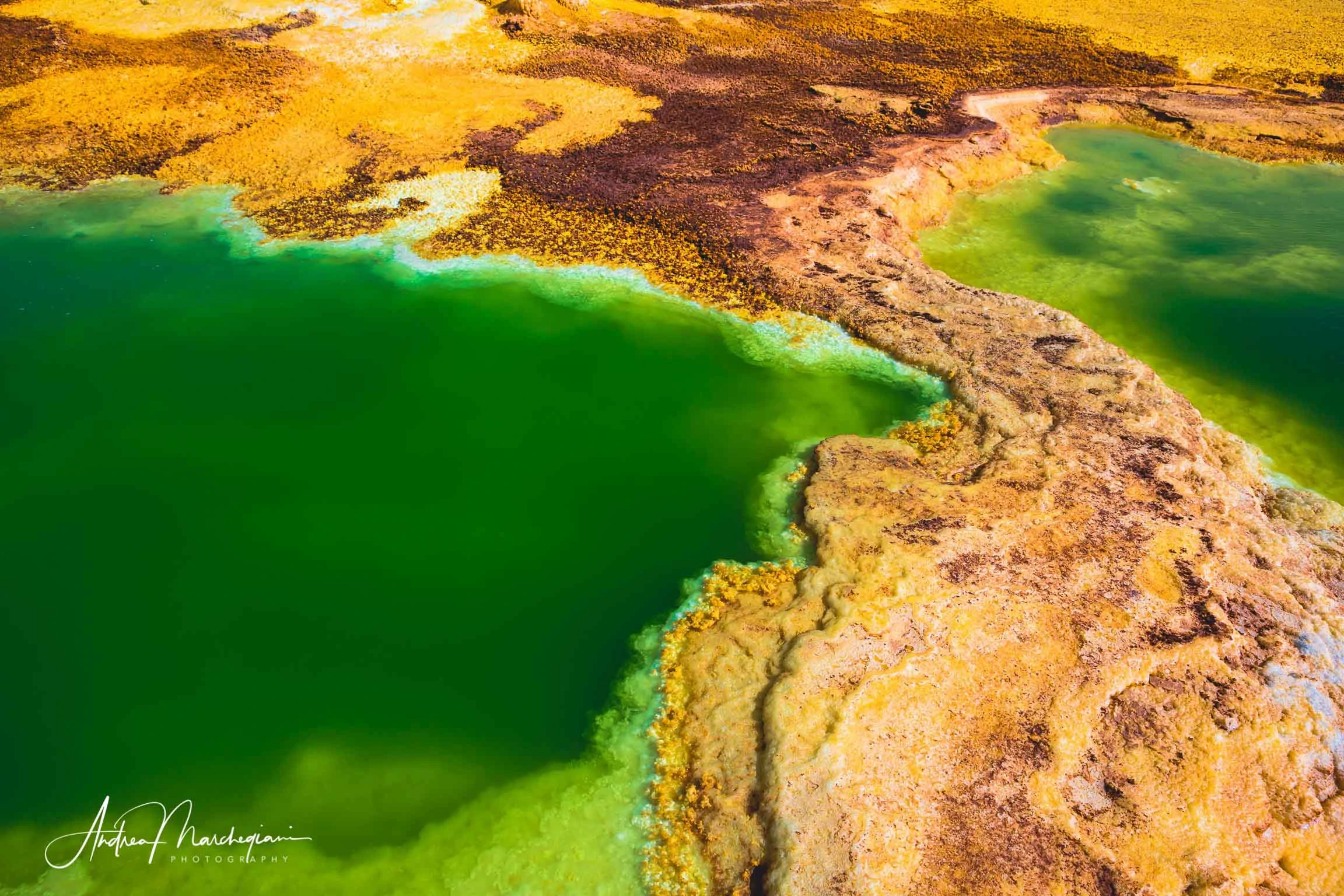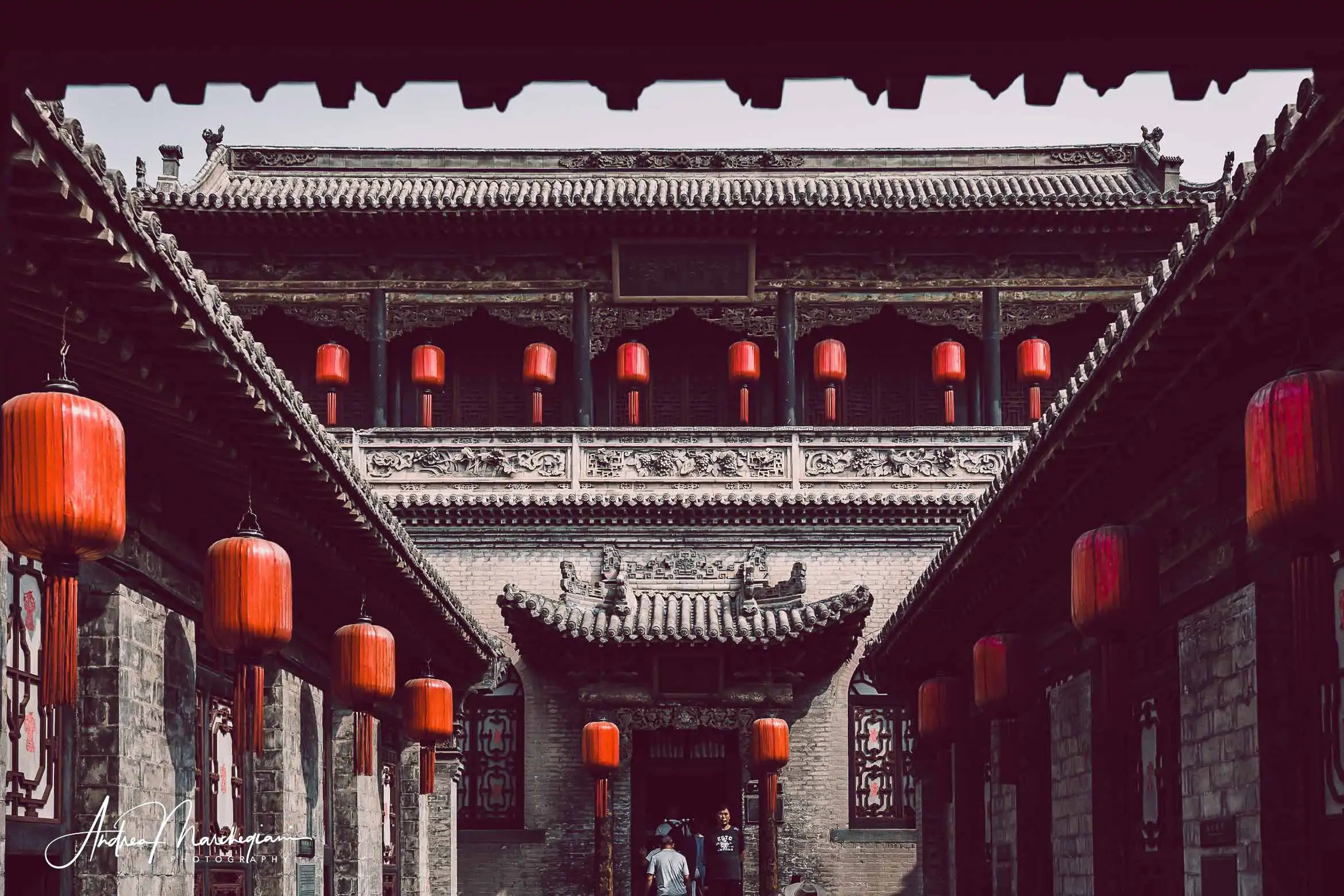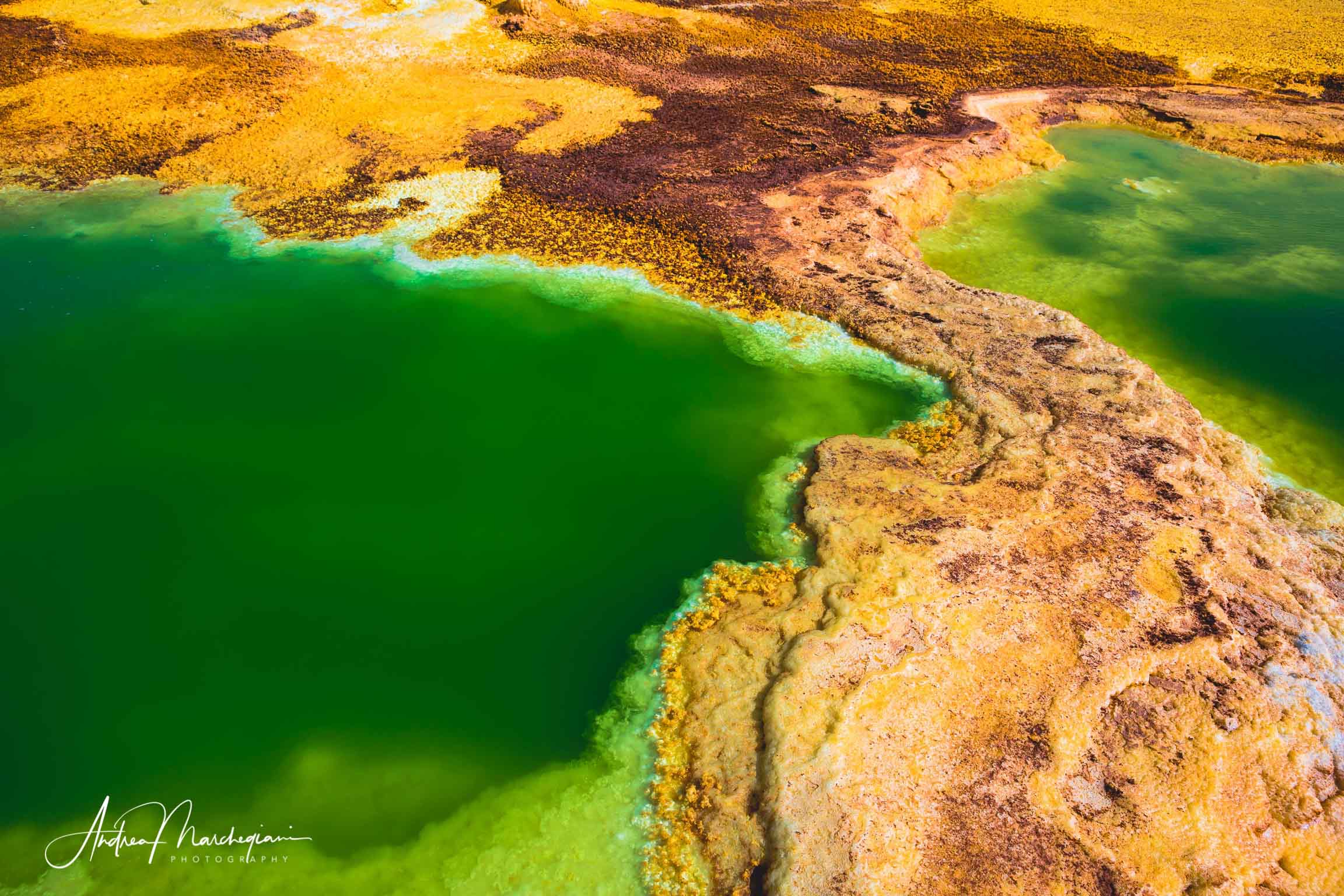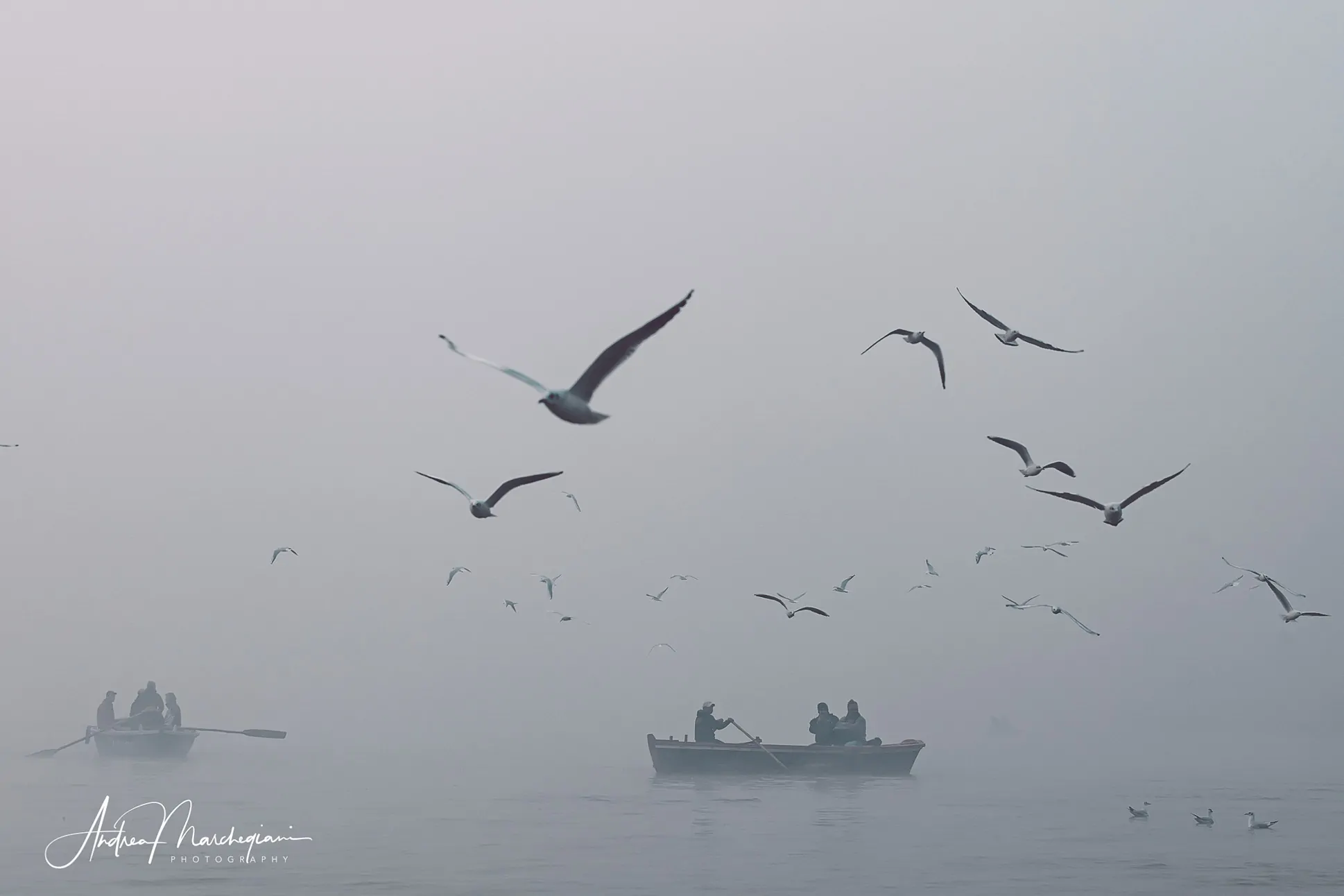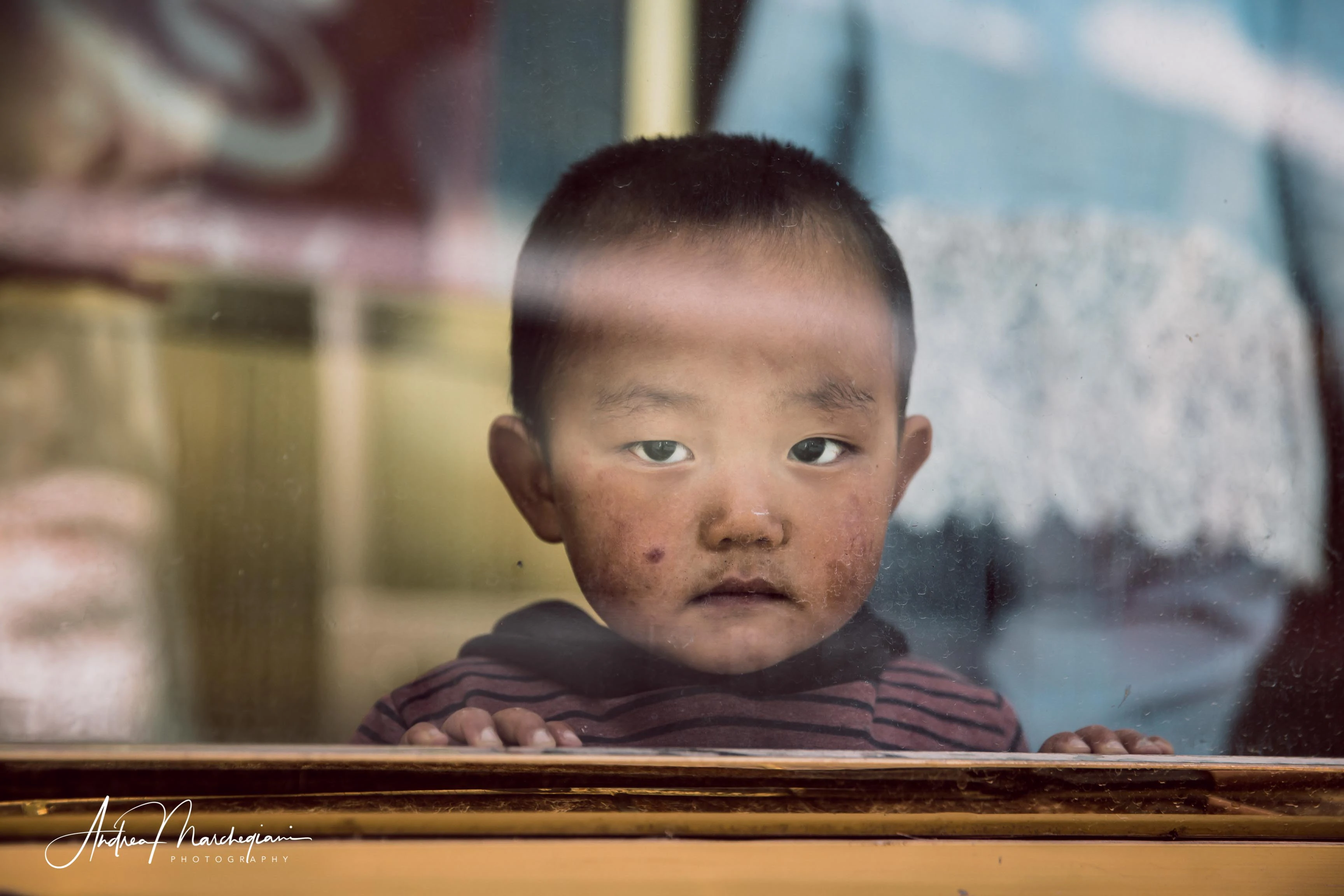
- Home
- Photo Galleries
- Portrait Photography
- Landscape Photography
- Street Photography
- China
- Ethiopia
- India
- Holy Ganges
- Varanasi
- Varanasi Ganga Aarti
- Varanasi, Manikarnika Ghat
- Varanasi Streets & Alleys
- Varanasi Demolition
- Varanasi Fruit Market
- Sarnath
- Brick Kilns
- Tamil Nadu, Chennai & Mamallapuram
- Tamil Nadu, Fort Tirumayam & Madurai
- Tamil Nadu, Tiruvannamalai & Thanjavur
- Kerala, Munnar
- Kerala, Peryiar
- Kerala, Backwaters
- Kerala, Kochi
- Kazakhstan
- Myanmar
- Senegal
- Uzbekistan
- Travel Blog
- China
- Ethiopia
- India
- Tamil Nadu & Kerala
- Varanasi
- Whato to do in Varanasi
- Varanasi Life along the Ghats
- Varanasi Death along the Ghats
- Varanasi Ganga Aarti Ceremony
- Varanasi demolished to honor Shiva
- Varanasi Fruit Market
- “Varanasi, A Journey into the Infinite”
- Sarnath
- All about River Ganges
- Holy Shit. All about Indian Cow Dung
- Clean India Project
- Brick factories
- Tilaka, pundra, bindi: what is the mark on Indian foreheads?
- Kazakhstan
- Mongolia
- Ulaanbaatar, the coldest capital in the world
- What to do in Ulaanbaatar
- Chinggis Khan Museum, 6 floors of Mongolian history
- Gorkhi-Terelj National Park and Bodgkhan Natural Reserve
- Altai Mountains, Things to do in Olgii and Sagsai
- Living with the Eagle Hunters
- Sagsai Eagle Festival
- Navrus Festival
- Xöömej, Mongolian throat singing
- Mongolian Food
- Myanmar
- Senegal
- Uzbekistan
- Latest Posts
- Photography Blog
- About
- Prints
Andrea Marchegiani is a travel photographer who has always used DSLR cameras, but for his latest project in China, he wanted to try a mirrorless camera. In his article, he compares his impressions of the Canon EOS R with the DSLR Canon EOS 5D Mark III.
© Article and Photos by Andrea Marchegiani. Unauthorized reproduction prohibited.
Permission granted for publication in TUTTI FOTOGRAFI January 2020 edition.
Share with your friends:
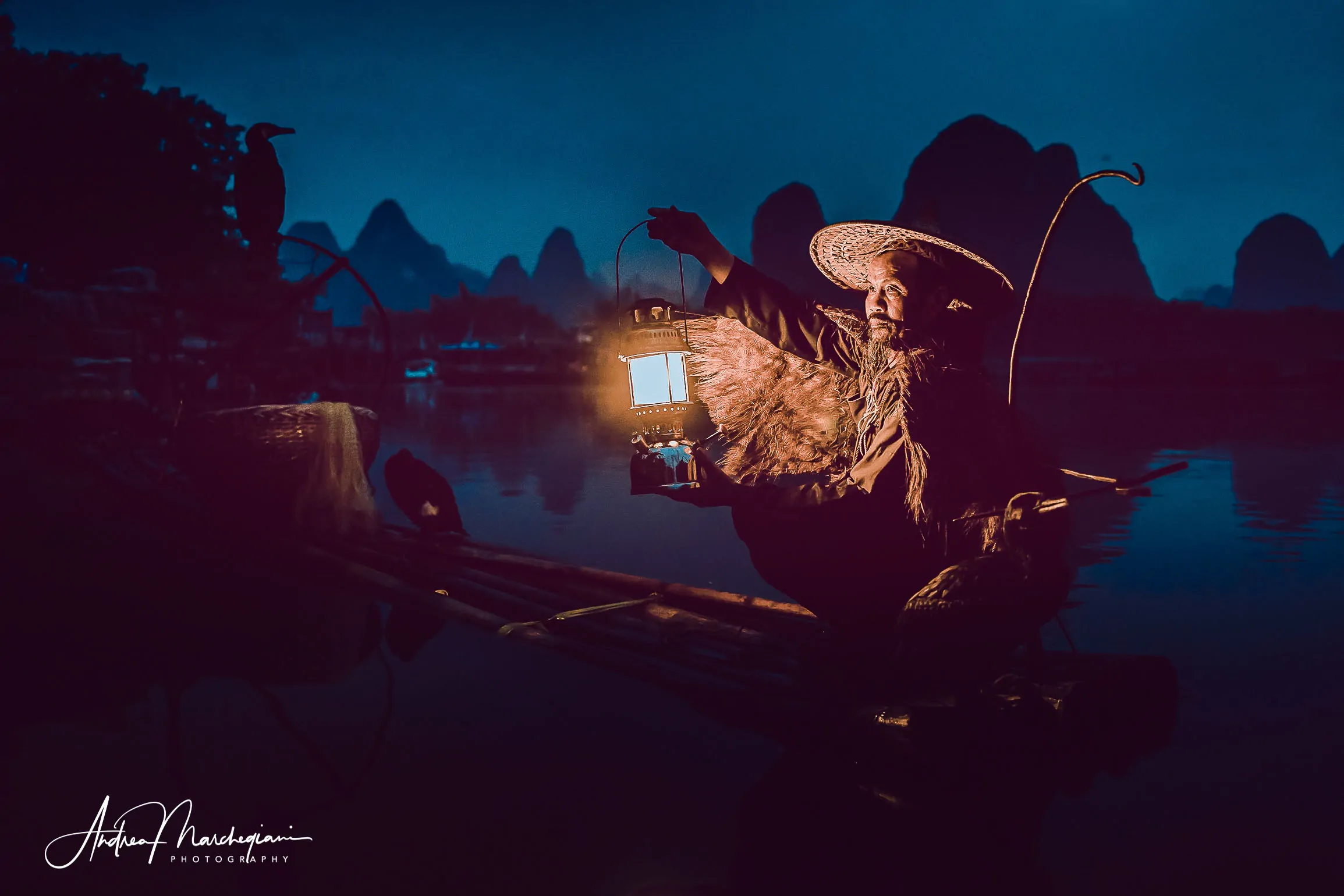
Guilin, China.Witnessing cormorant fishing is a magical experience that leaves you speechless. At the same time, this practice is mostly kept alive today as a show for tourists. A clear sign of changing times.
>>Shooting data: 1/200s at f/2.2, ISO 1600. Focal length 28mm on Full Frame.
China Beyond Contrasts
We are living in a historical period filled with contradictions. Technological innovations are reshaping the face of society and producing cultural changes at unsustainable rates. Yet, vast areas of the globe have not yet been affected by such progress, and if one has the courage and heart to explore them, they can access lifestyles and traditions that have remained unchanged for centuries. It is a precious opportunity to reflect on the past and, why not, on the future.
China is one of these places. Traveling through its territory, one seamlessly transitions from chaotic megalopolises to more remote rural areas. The traveler who traverses China is confronted not with one, but a hundred, a thousand different Chinas; it is impossible to find a single definition to describe it.
When I landed in Shanghai last summer, I carried with me all the typical prejudices of a Western citizen. For me, China was the homeland of affordable dining and spring rolls, but above all, it was the source of the avalanche of trinkets that destabilized our market. It is one of the nations that pollute the planet the most, and although I don’t want to admit it, the stern features of the Chinese people evoke a general feeling of mistrust in me. I have yet to discover the other half of the story. I have not yet encountered a people as hardworking and generous, a people who will open their hearts to me and enter mine.
When I return home after wandering from Beijing to the Tibetan plateau, I feel profoundly changed. I have discovered that spring rolls are only eaten at the beginning of the season, and they are unavailable for the rest of the year. I have learned that China has planted so many trees to reduce the risk of desertification that it has single-handedly compensated for the deforestation of the Amazon. It is the most impactful action currently underway, globally, to mitigate the effects of climate change. Finally, after spending whole days capturing stolen portraits, I can discern a thousand shades of melancholy, weariness, or joy in the faces of passersby.
In short, China has taught me to shake off prejudices, not to judge by appearances. And, above all, not to read phenomena solely in terms of contrasts.
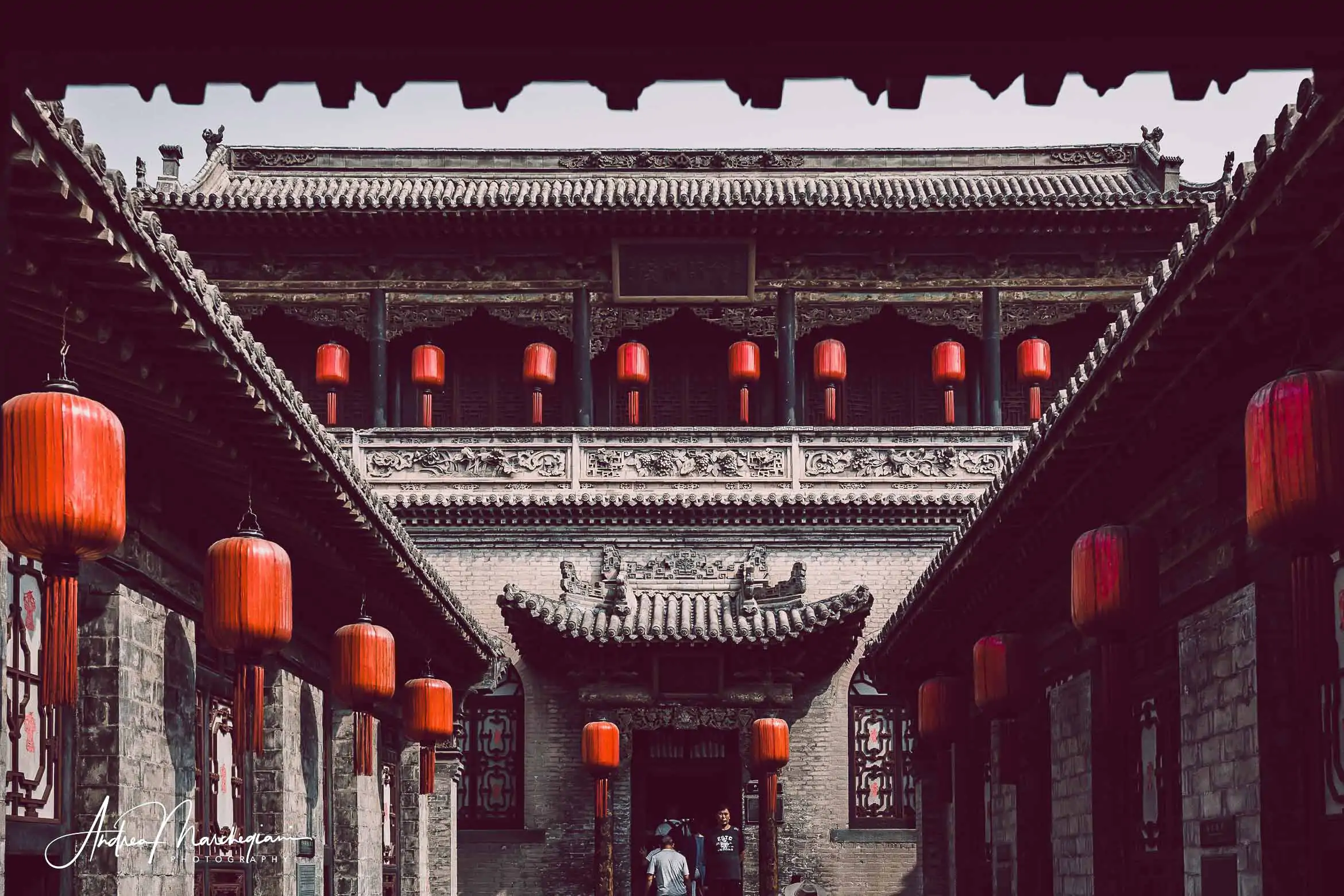
The Qiao Family Residence, Pingyao. This shot dates back to my first trip to China. The Qiao Residence, built by the eponymous family of officials and merchants, is now a museum. Captivated by its rigid symmetries, Zhang Yimou set the film “Raise the Red Lantern” there, making it famous worldwide. >>Shooting data: 1/1000s at f/7.1, ISO 100. 35mm focal length on Full Frame.
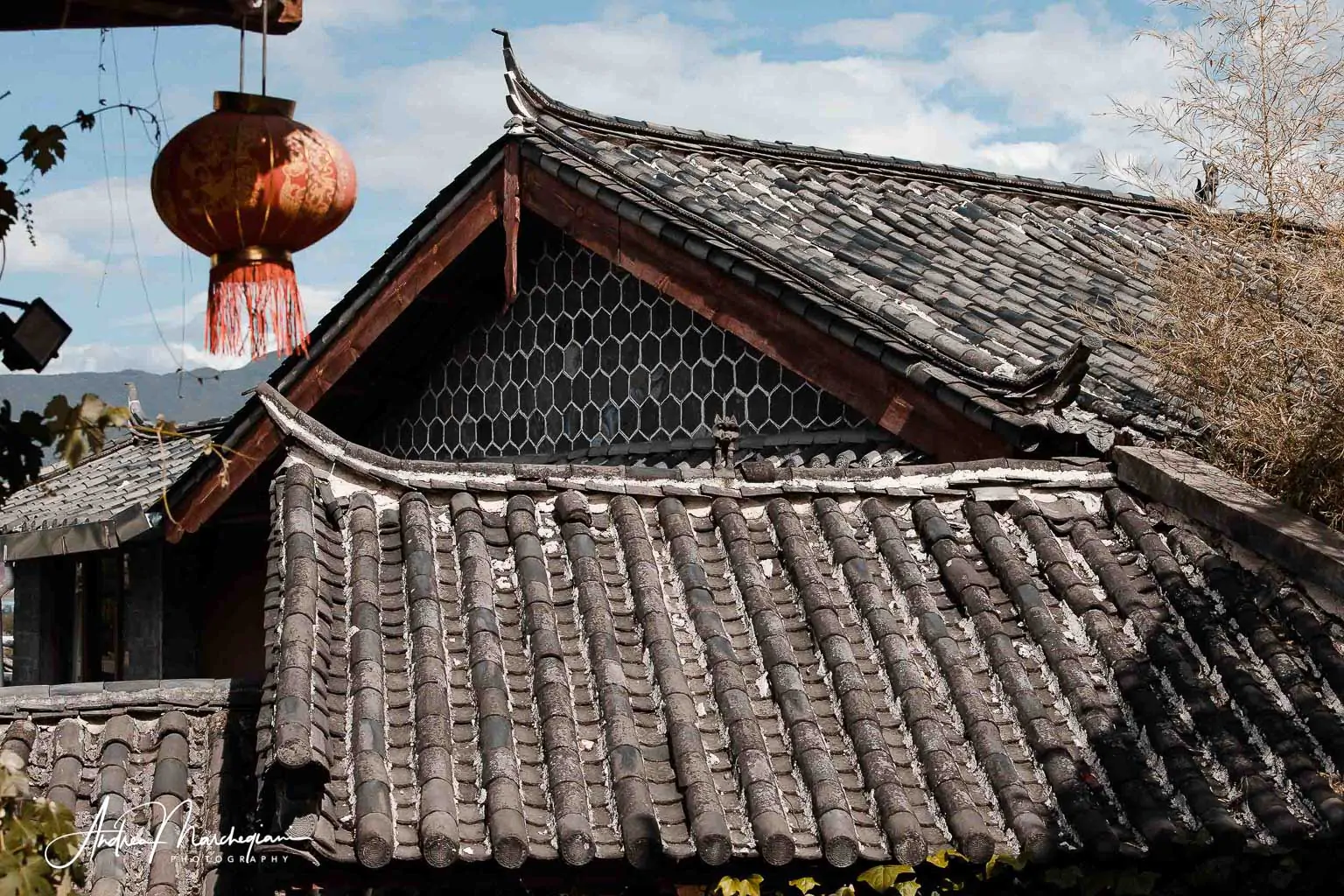
Lijiang. While wandering through the ancient trading city of Lijiang, I am drawn to this lantern caught between the curved roofs, in typical Naxi style. >>Shooting data: 1/500s at f/7, ISO 125. 70mm focal length on Full Frame.
Between DSLRs and Mirrorless
Perhaps it is thanks to these reflections that I am reconsidering my approach to the work of a photographer. While traveling, I always had my Canon 5D Mark III hanging around my neck, pressing its buttons as if they were an extension of my hand. I took photos that moved me and that I was satisfied with. I love DSLRs. That’s why I have never paid attention to reviews of mirrorless cameras. I read they will revolutionize the photography market, but I remained indifferent. In fact, I have a general feeling of distrust. Is it time to shake it off?
When I set off for the rural areas of Guangxi and Yunnan in April, I am surprised by myself. Not only because I am returning to China for the second time in a year, but also because I left my beloved DSLR at home and in my hands, I hold a Canon EOS R. It is a unique opportunity to test it and compare it to the historic and revolutionary 5D. The following are personal considerations based more on my working method than on the technical specifications of the products.
As I hold Canon’s first full-frame mirrorless camera, I am surprised by the quality of its ergonomics. It is solid, comfortable to hold, and extremely lightweight. When it doesn’t have a lens mounted, the camera body closes the shutter, protecting the sensor from light and dust. Simple, ingenious. Moreover, it is weather-sealed. Asia is humid, and frequent downpours await me. I customize every button in less than 5 minutes, and it immediately feels familiar. The autofocus is the real revolution of the system: fast and precise, with 5655 AF points, which are not selected with the classic (absent) joystick but through the touchscreen. Furthermore, the touchscreen is fully articulated and allows the option of “touch and shoot”, meaning focus and shutter release happen simultaneously with a single press of the finger on the desired area to focus. It’s as simple as taking a photo with a cellphone and can be really useful in street photography when you don’t want to attract too much attention.
Cormorant Fishing
I land in Guilin. I decided to make a detour here before heading to Yunnan because, as a Chinese proverb says, “the mountain and water scenery of Guilin is the most beautiful in the world after paradise.” I stroll along the Li River, with the dreamlike backdrop painted by the karst mountains. They are so beautiful they appear on the 20 yuan banknotes and are one of the National Geographic’s top ten water wonders.
I meet one of the Huang brothers, famous worldwide for still practicing cormorant fishing. They tame the birds and tie their necks to prevent them from swallowing the fish. So every time they dive into the water and resurface, they can remove the fish from their beaks and put them in a basket. I notice with some regret the fisherman behaves like a skilled actor. I suspect he only engages in cormorant fishing to attract tourists, and our tips are, in fact, his main source of income. However, isn’t it admirable to exploit tourist interest to pass down the memory of an ancient tradition?
I take a few shots underexposing by two stops. I’m curious to see how the fisherman’s complexion will look once I recover the exposure. The result is satisfying. Additionally, I avoided overexposing the lights in the area of the frame occupied by the lantern. The autofocus speed is also surprising. The sun has just set, and I have those few minutes of blue hour that are the joy and bane of every photographer. The EOS R doesn’t miss a beat: the 12-pin connector ensures a communication speed between lens and camera body 40 times faster than before, and the unique AF -6 usage interval allows for fast autofocus even in extremely low light conditions. The combination of these two innovations truly makes a difference!
Moreover, as with all mirrorless cameras, I don’t have to worry about any front/back focus issues. This gives me the courage to photograph the fisherman at f/2.2 aperture. With the 5D, I wouldn’t have dared to do so.
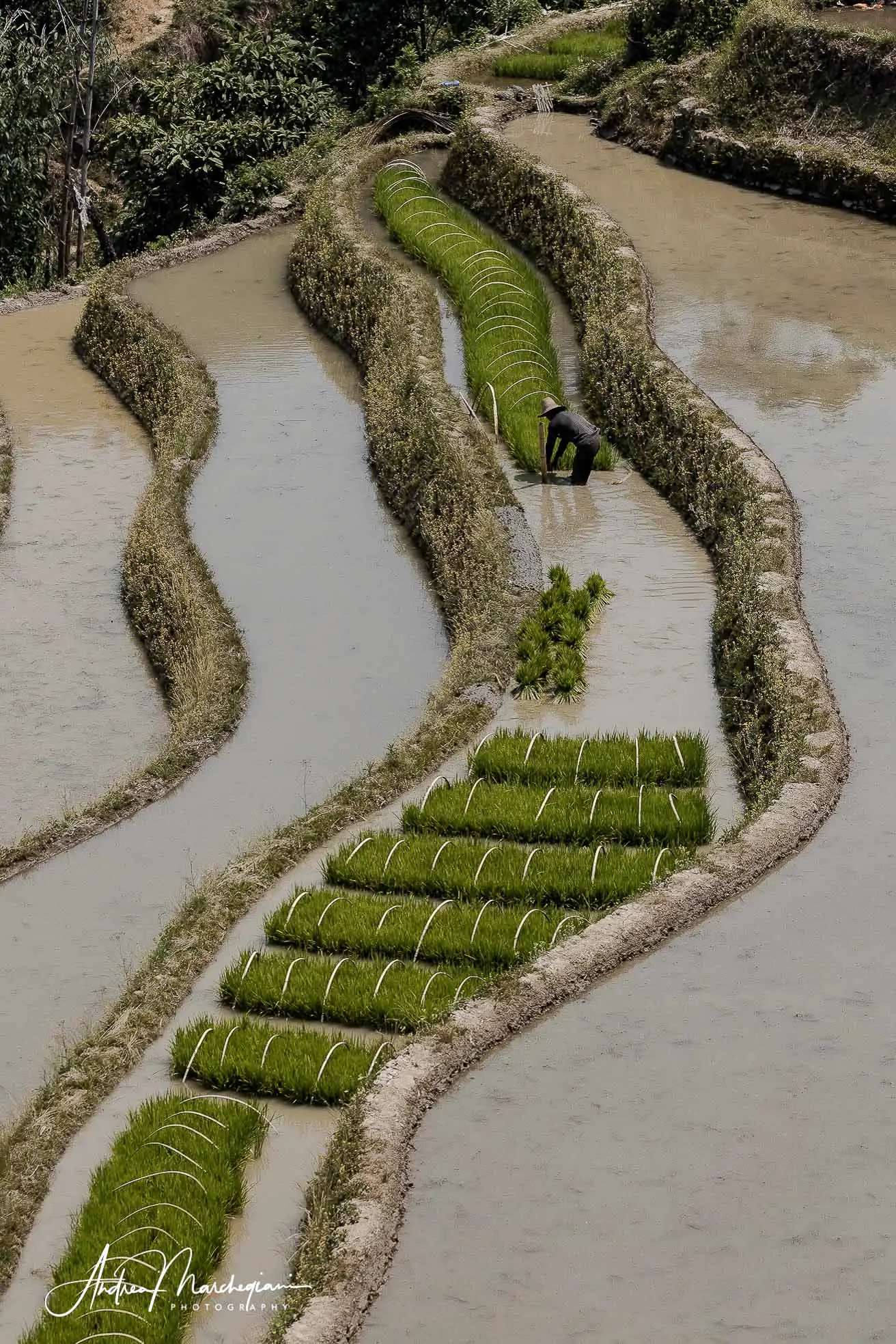
Yuanyang, China. The terraced rice fields of Yuanyang are the largest in the world. Plowed with water buffaloes and cultivated using mostly manual methods, they offer photographers numerous interesting opportunities. >>Shooting data: 1/800s at f/5, ISO 100. Focal length 110mm on a Full Frame camera.
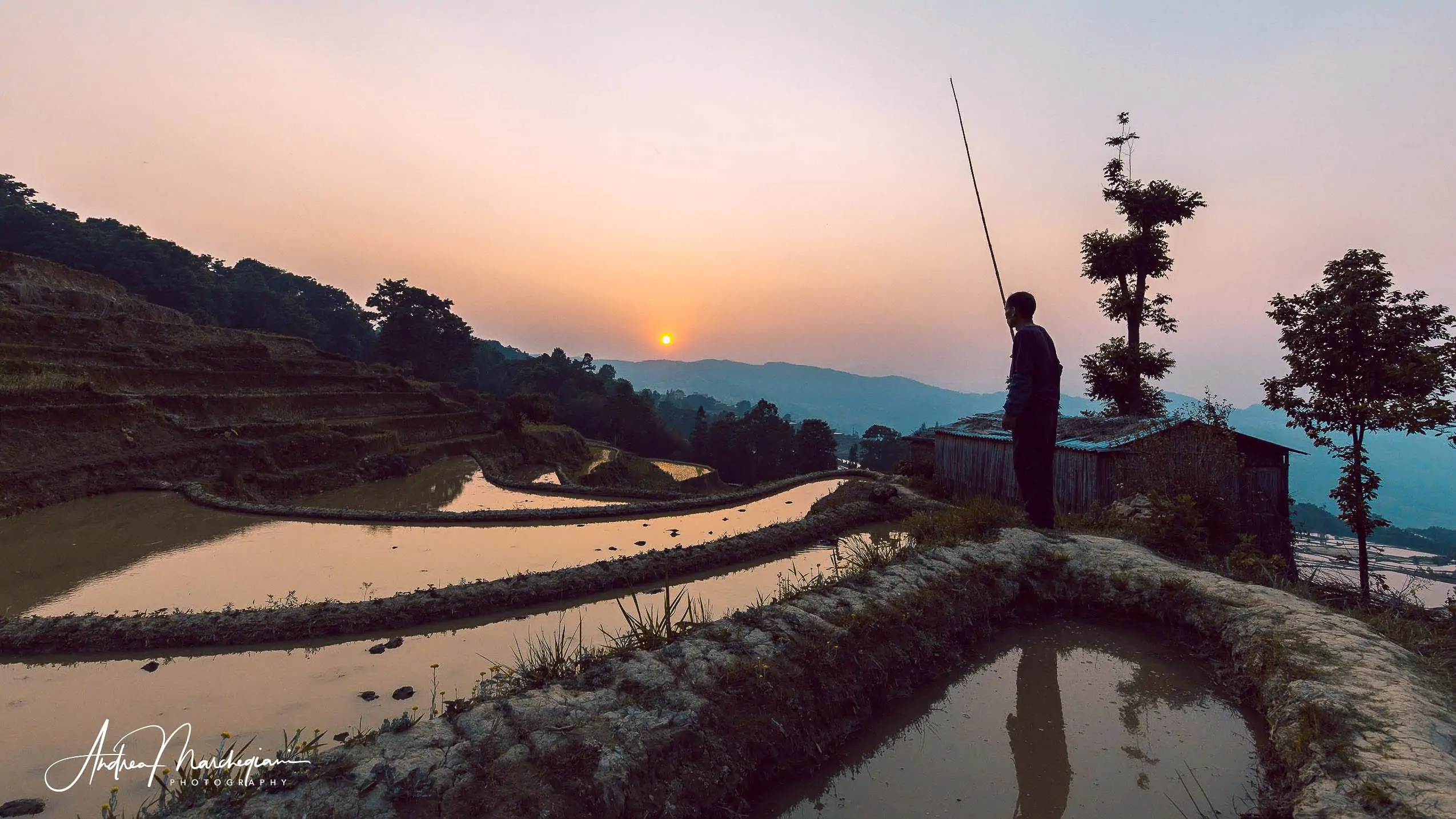
Yuanyang, China. A farmer working on the terraces at sunset. >>Shooting data: 1/200s at f/8, ISO 320. Focal length 16mm on a Full Frame camera.
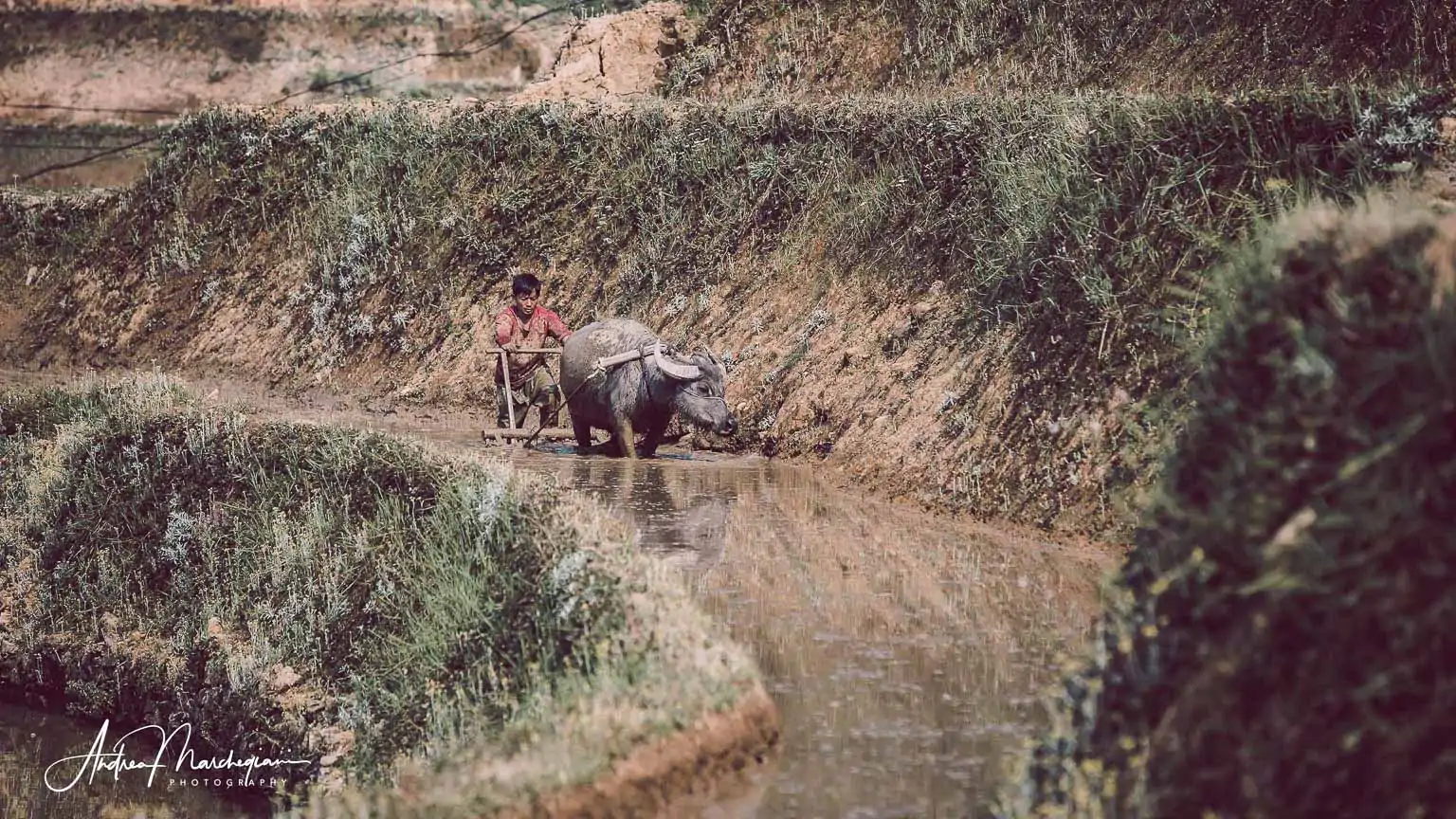
Yuanyang, Cina. Aratura con bufalo d’acqua. >>Dati di scatto: 1/500s a f/4.5, ISO 100. Focale 200mm su Full Frame.
Pros and Cons of the EOS R
In the following days, I will be heading to Yuanyang in Yunnan. This place is home to some of the most beautiful terraced rice fields in China. From dawn to dusk, men plow the terraces with water buffalos while women plant the seedlings. The sun and humidity make these activities even more challenging.
I’m using the 16-35mm f4 L series lens with the customizable adapter ring. I have set it to exposure compensation. Among all the new features the EOS R offers, this one truly is a game changer. It’s a real blessing for a photographer like me who is used to shooting in manual mode with automatic ISO within a predefined range of 100 to 6400.
On the Canon 5D, I used to adjust the shutter speed and aperture through the dedicated rings on the right side of the camera body, but I had to enter the menu to set the ISO to a static value whenever I needed to compensate for exposure in time/aperture priority mode. It wasn’t possible to do so in manual shooting mode. Now, on the other hand, all I need to do is customize the ring on the RF lenses or the adapter ring. It’s everything I’ve always wanted and I can’t do without it anymore.
On the contrary, I’m struggling to get used to the electronic viewfinder. I often forget it doesn’t work when the camera is turned off. Although it’s very useful for getting a real preview of the final result, it can be tricky. Within a few days, it has made me lazier and less attentive to the settings. On some occasions, I kept shooting with the same settings from noon until evening. As the hours passed and the light decreased, the ISO values gradually increased. Since the electronic viewfinder provided a satisfactory preview, I didn’t feel the need to adjust the parameters, resulting in capturing landscapes at 1/1000, ISO 6400 in the mid-afternoon. It was a beginner’s mistake that made me blush!
Additionally, when working in full or grazing light, it’s difficult to see through the viewfinder, and it can affect composition. In extreme cases, it’s like shooting blindly. For those like me who wear prescription glasses and can’t rest their eye directly on the eyepiece, it’s something to consider.
Before leaving, I indulged in my desires and purchased the Canon RF 28-70mm f2 lens. I consider it my new all-purpose lens, replacing the 24-70mm f2.8. However, after a few hours of use, its weight becomes noticeable: 1.4 kg is quite excessive for a travel photographer, and with its impressive 95mm diameter, one can never go unnoticed. Nevertheless, when I dedicate myself to portraits, it brings unparalleled joy.
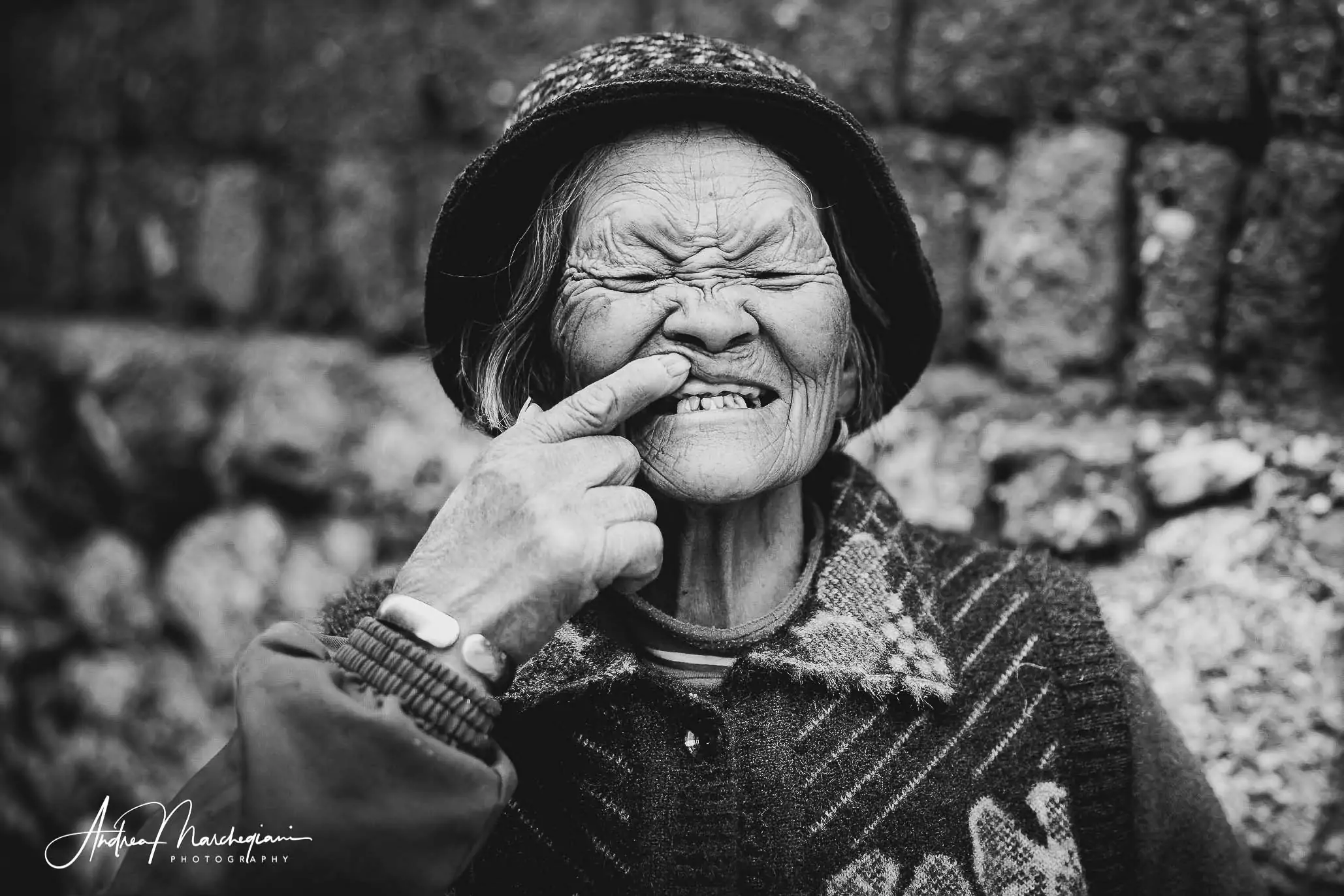
Lijiang. An elderly woman responds sarcastically to my compliments. >> Shooting data: 1/800s at f/2, ISO 100. Focal length 50mm on a Full Frame.

Zhu Family Garden, Jianshui. Young bride. It often happened to me while traveling around China to encounter young couples strolling romantically in the most picturesque places. >> Shooting data: 1/400s at f/5.6, ISO 500. Focal length 70mm on a Full Frame.
A summary of my trip to China
The Chinese people have experienced social changes in the past forty years that are as drastic as those Europe experienced over four centuries. While the stresses of city life may have hardened their manners to some extent, people in the countryside show me a warmth that touches my heart.
Young people approach me with curiosity and awe. I believe they are intrigued by my fair complexion, tall stature, and blue eyes. They often want to shake my hand and take a selfie with me. They are all very polite and shy but with a delightful touch of madness.
I will never forget the young man in Dali who sells his street food dressed in a spectacular giant squid costume! On the other hand, the elderly are quite reserved. They still wear traditional clothing and give me stern looks.
I approach the ladies with a smile and say, “Ni hen mei!” which means “You are beautiful!” They repay me with proud and embarrassed faces. In Dali, a petite and friendly elderly lady was moved by the compliment, while in Lijiang, a homeless woman ironically showed me all the teeth she didn’t have! Her gesture was so quick that I was only able to capture it thanks to the touch shutter. In such cases, technological innovations are indispensable to meet creative needs.
At the end of my second trip to China, I can say that I do not regret leaving behind my old SLR camera. Also, comparing the files from the two cameras, I always find that richness and those colors that make Canon so beloved worldwide.
Dali, China. In Dali, where the streets are vibrant at night, a young man has come up with a clever promotional strategy. He sells his grilled fish while dressed as a giant squid. The autofocus, even under extreme lighting conditions, is fast and accurate.

BIO | Andrea Marchegiani is a travel photographer and blogger. He holds a degree in Cinema and Screenwriting from DAMS, with a thesis on road movies. He furthered his studies by taking courses in journalism, photography, video shooting, and editing. A deep interest in foreign peoples and cultures drives him to visit destinations that are less frequented by mass tourism, such as Ecuador, Kazakhstan, Myanmar, China, Nepal, Ethiopia, Botswana, and more. In his travel blog, he combines his passion for photography with his love for writing.



